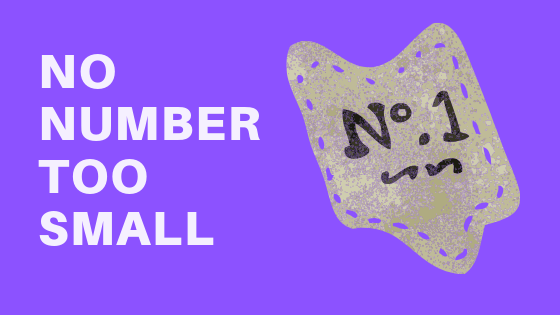Years ago, when offset printing was the primary way to produce print materials commercially, if you were a small business or small organization looking to get materials professionally printed, it was practically impossible if you weren’t printing hundreds or thousands of pieces. The setup costs associated with offset printing made it just too darn expensive.
Luckily, this began to change when digital printing emerged in the early 2000s. At that time, buyers gained the chance to professionally print materials in digital printing quantities as few as 1,000 or even 500 pieces. Not small numbers, but better than what was possible before.
As digital printing technology continued to improve, affordable digital printing quantities grew smaller and smaller over the years. In fact, digital printing has improved so much, its quality now rivals that of traditional offset. So, print companies that run both offset and digital workflows can now affordably produce almost any quantity a buyer may need.
Because of this, marketers should never dismiss print as a viable marketing communication channel because they think their audience is too small. Nowadays, a “short run” can be as few as five pieces, or even one piece, depending on what is being printed. Run length has become almost irrelevant in decision-making. The determining factors for whether projects are produced digitally or offset have more to do with turnaround time and other requirements now.
Small brands have not been the only beneficiaries of the evolution in digital printing. Large companies have benefitted from another digital printing feature—personalization. Digital printing provides the ability to customize print pieces for individuals or segments of an audience. This personalization results in better brand connection and customer engagement. Large brands, with mounds of customer data, have been able to leverage this digital printing feature the most.
Digital printing has brought another benefit to companies of all sizes—printing on demand. In the old days, companies used to print tons of materials and they’d end up recycling sizable portions of their inventory. With digital printing, brands can print exactly what they need, when they need it. They don’t have to inventory materials because new digital printing quantities can be produced quickly if needed.
Digital printing has leveled the playing field for small and large brands in terms of how well they can present themselves in print. Once only a mass communication channel for large companies, brands as small as sole proprietors can now produce professional-quality print materials in short, affordable quantities.



Leave a Reply